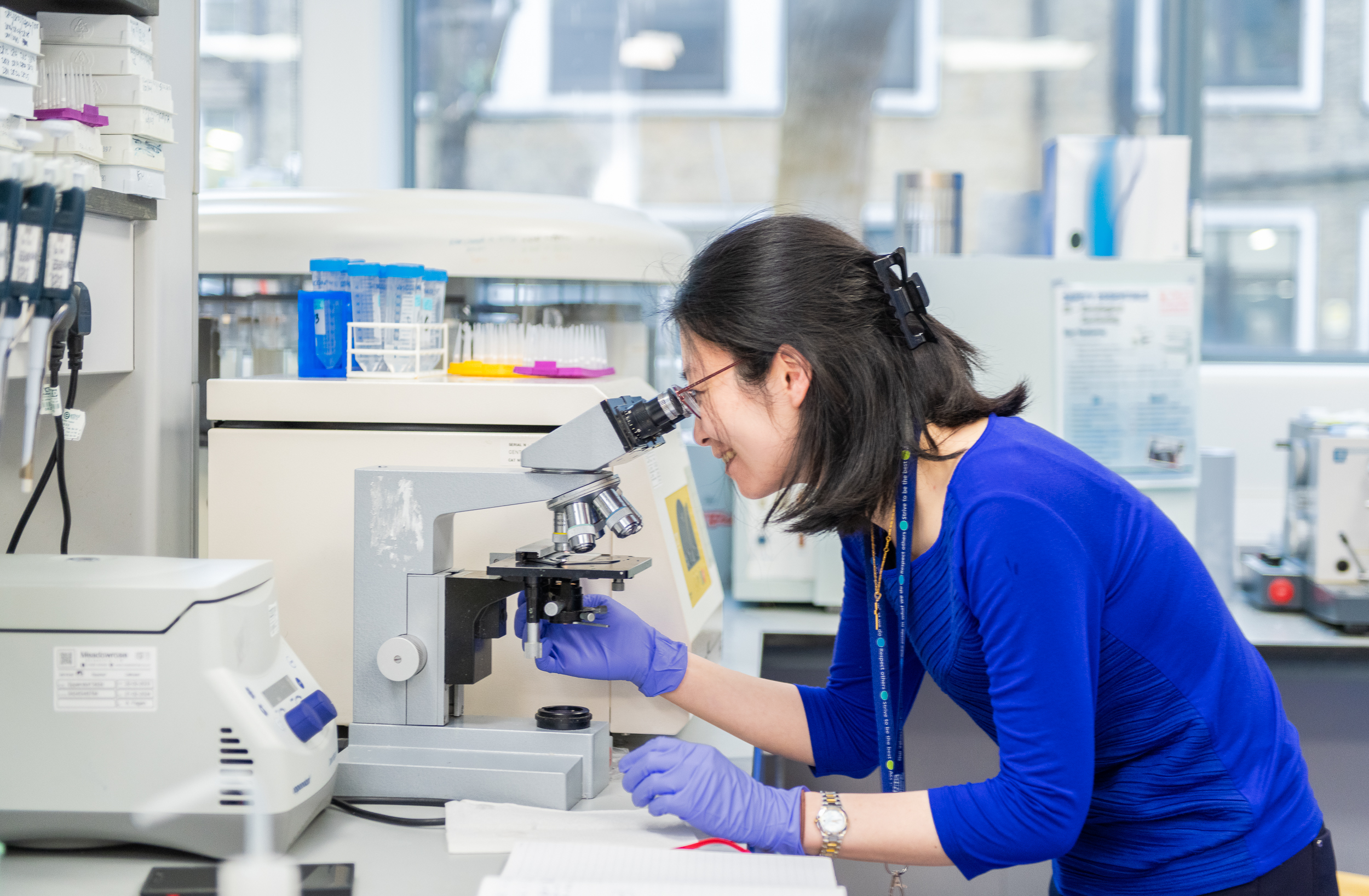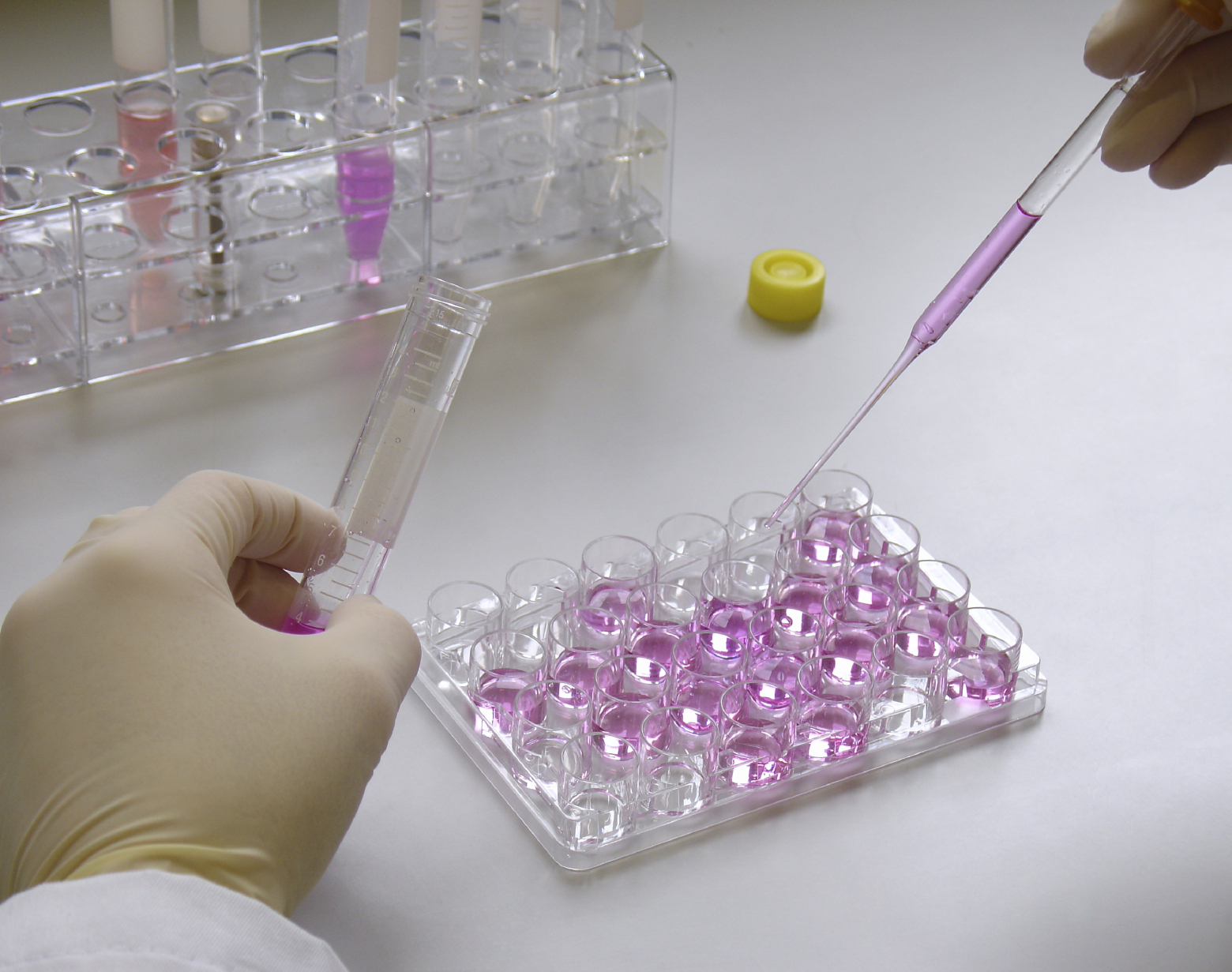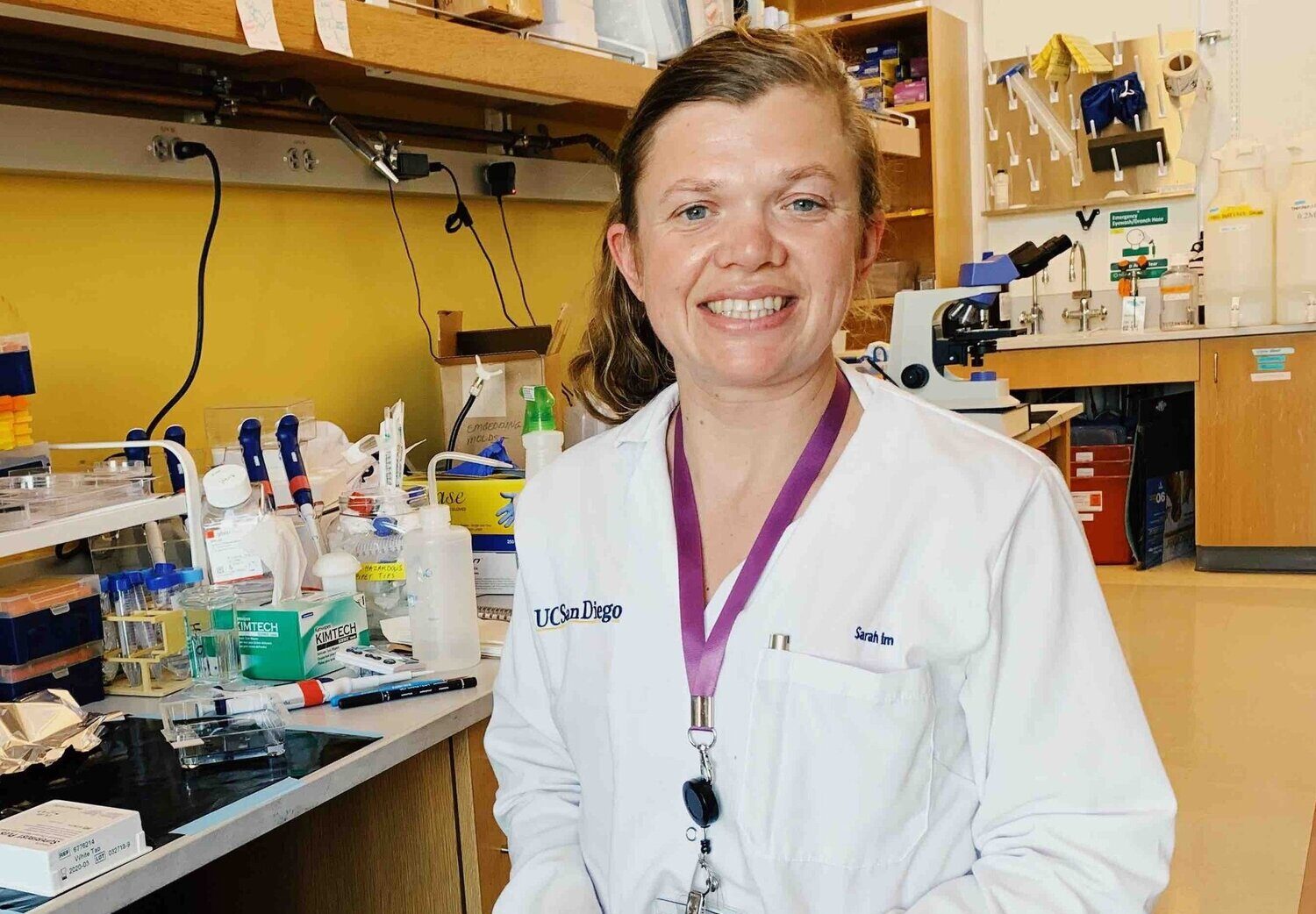Neuromodulation explained
What is neuromodulation?
Neuromodulation describes targeted, programmed stimulation in areas of the body that modify the activity of nerves. Recent studies have focused on delivering electrical stimulation to different parts of the spinal cord, in conjunction with a tailored physical rehabilitation regime.
How does it work?
A spinal cord injury disrupts the normal communication pathways between the brain and the cord, with “functions” like movement and sensation affected below the site of the injury.
Neuromodulation boosts nerve signals to “awaken” dormant pathways which may still be intact, in order to restore or improve these functions.
How is the electrical stimulation delivered?
Currently there are two methods in which the electrical stimulation is delivered. This can be done using an implantable device, with a special membrane placed onto the spinal cord itself via a minimally invasive surgical procedure.
Electrical stimulation can also be delivered externally through electrodes which are placed on the skin near the area of the spinal cord responsible for delivering a specific movement or function. For example, to target restoration in hand and arm function these electrodes are placed on the neck. The stimulation is “turned on” using an external or handheld device.
What results have been seen?
Early-stage clinical trials and pilots have demonstrated a variety of outcomes ranging from improved movement and sensation to improvements in bladder and autonomic functions, such as blood pressure regulation.
There is also growing evidence to support that some measure of functional improvement is retained once the stimulation is removed or “switched off”.
How are Spinal Research hoping to develop this technology?
We have a number of spinal stimulation studies in our research portfolio starting or well underway. We look forward to being able to share the results of these clinical pilots with you in the future.
Additionally, we are partnering with ONWARD Medical who are playing a leading role in developing this technology. They are currently running an FDA- pivotal clinical trial with this externally delivered spinal stimulation technology with the objective of making it available in the clinic as soon as possible.
What are the next steps for this type of therapy?
Our next focus will be to continue to refine and improve the use of these technologies whilst bringing together industry, healthcare partners and regulators
to prepare the clinical landscape for making this type of therapeutic available to the wider SCI community.
You may also be interested in

Stem cells explained
What exactly are stem cells, how do they work, and how could they be used in the future?
Our research
Our research is helping develop life changing treatments for paralysis.
